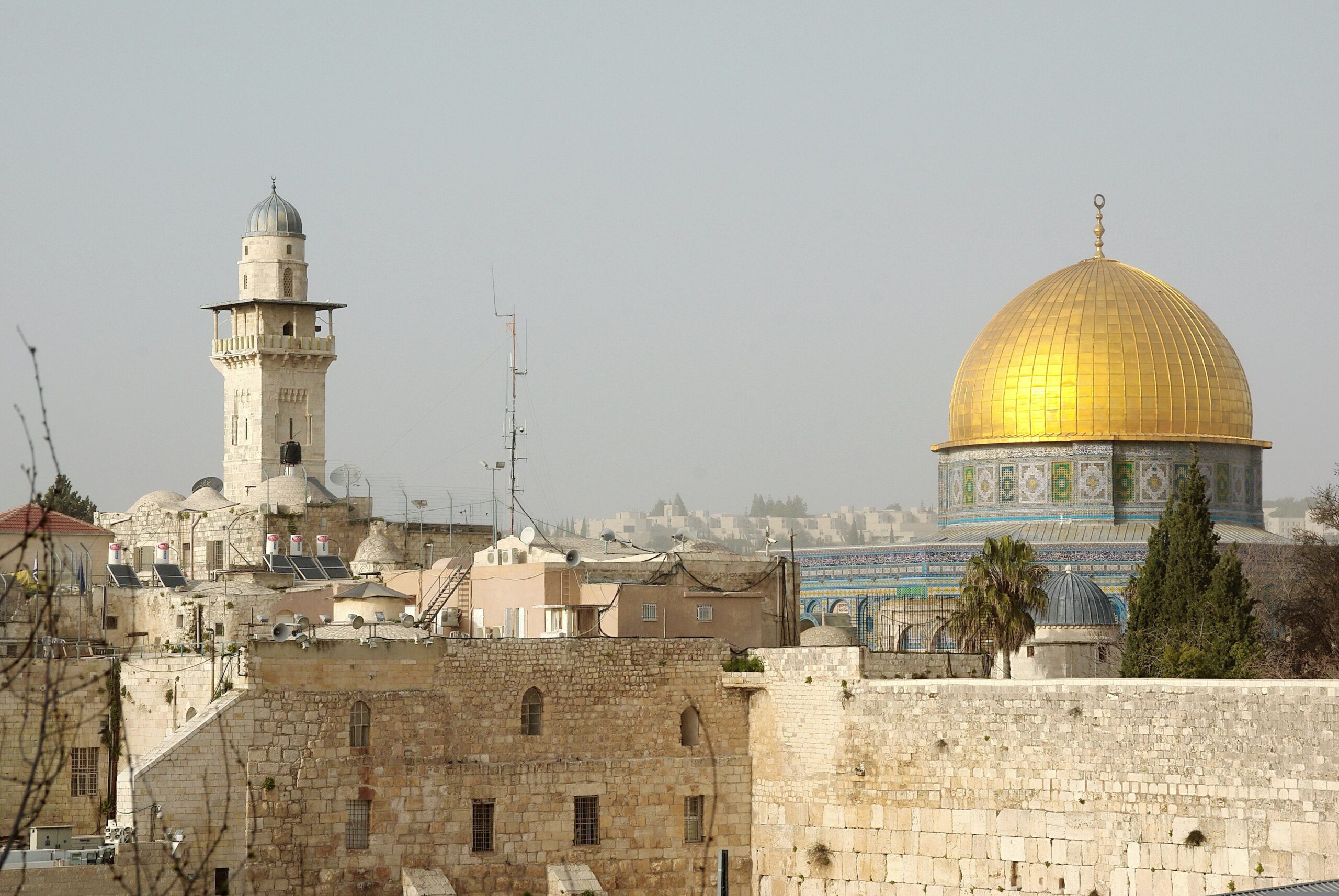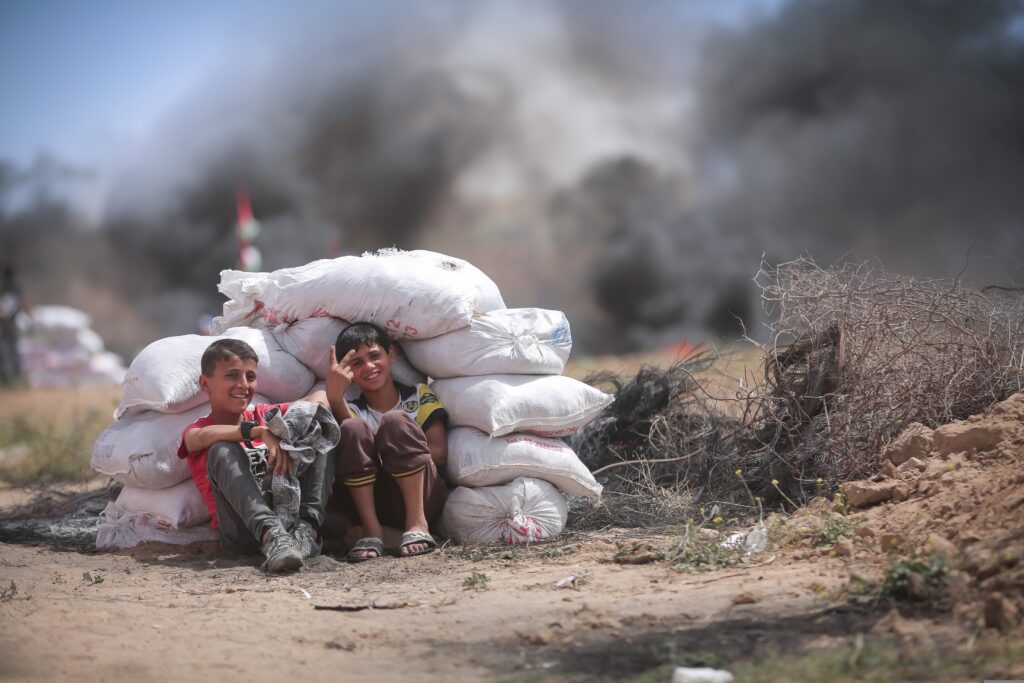Introduction: Palestine Jerusalem
Nestled in the heart of the Middle East, the ancient land of Palestine boasts a rich history that spans millennia. At the center of this historic tapestry lies Jerusalem, a city that has witnessed the rise and fall of empires, the birth of religions, and the struggles of a people determined to preserve their identity. The story of Palestine and Jerusalem is one that transcends borders and resonates with the aspirations and challenges faced by its inhabitants.

Jerusalem 2021
Historical Significance:
The history of Jerusalem dates back thousands of years, and its significance is deeply rooted in religious and cultural contexts. For Jews, Christians, and Muslims alike, the city holds sacred sites that are integral to their faiths. The Western Wall, the Church of the Holy Sepulchre, and the Dome of the Rock are emblematic of the diverse religious heritage that coexists within the city’s walls. However, the same sites that unite in spirituality often become focal points of contention.
Contested Territories:
Jerusalem, being a city of profound religious significance, has been at the center of geopolitical conflicts for centuries. The establishment of the State of Israel in 1948 and subsequent conflicts further intensified the disputes over the control of Jerusalem. The city is divided into East and West Jerusalem, with East Jerusalem being claimed by Palestinians as the capital of a future Palestinian state. The status of Jerusalem remains one of the most contentious issues in the Israeli-Palestinian conflict, drawing international attention and debate.
The Israeli-Palestinian conflict, a long-standing and complex dispute, encompasses a range of issues, including borders, refugees, and the status of Jerusalem. The competing national aspirations of Israelis and Palestinians have led to cycles of violence and diplomatic impasses. Jerusalem, with its religious and cultural importance, is often the focal point of tensions. The Oslo Accords in the 1990s attempted to address the status of Jerusalem, but a final resolution remains elusive.

The Impact on Palestinian Lives:
The ongoing conflict has profound implications for the daily lives of Palestinians, particularly those residing in East Jerusalem. The construction of Israeli settlements in the West Bank and East Jerusalem has raised concerns about the viability of a future Palestinian state. Additionally, restrictions on movement, economic challenges, and the threat of eviction create a complex web of difficulties for the Palestinian population.
International Perspectives:
The status of Jerusalem is a matter of international concern, with various nations and organizations expressing divergent views. The United Nations has consistently advocated for a two-state solution, with East Jerusalem serving as the capital of a future Palestinian state. However, the United States’ recognition of Jerusalem as Israel’s capital in 2017 stirred controversy and underscored the challenges of achieving a consensus on this deeply divisive issue.
Cultural Heritage:
Beyond the political strife, Jerusalem is a city rich in cultural heritage. Its Old City, a UNESCO World Heritage site, preserves architectural marvels, narrow winding streets, and a diverse array of communities living side by side. The blending of Jewish, Christian, and Muslim cultures is evident in the city’s vibrant markets, historical landmarks, and traditions that have been passed down through generations.
Hope for Resolution:
Despite the complexities, there remains a glimmer of hope for a peaceful resolution to the Israeli-Palestinian conflict. Grassroots movements, diplomatic initiatives, and international interventions continue to strive for a just and lasting solution. Recognizing the importance of Jerusalem as a shared heritage for all, there is a growing consensus that any resolution must respect the aspirations and rights of both Israelis and Palestinians.
Conclusion:
The story of Palestine and Jerusalem is a mosaic of triumphs and tribulations, woven into the fabric of human history. As the world grapples with the challenges of finding a just and lasting solution to the Israeli-Palestinian conflict, the importance of understanding the deep historical, cultural, and religious ties to Jerusalem becomes increasingly apparent. Only through a nuanced and inclusive approach can the city truly serve as a symbol of coexistence, tolerance, and shared humanity.
Frequently Asked Questions (FAQs) on Palestine, Jerusalem, and the Israeli-Palestinian Conflict:
Q1: What is the significance of Jerusalem in the Israeli-Palestinian conflict? A1: Jerusalem holds profound religious and cultural importance for Jews, Christians, and Muslims. The Israeli-Palestinian conflict revolves around competing claims to the city, particularly East Jerusalem, where Palestinians envision the capital of a future Palestinian state.
Q2: Why is the status of Jerusalem a contentious issue? A2: Jerusalem’s status is contentious due to its religious significance and its role in the Israeli-Palestinian conflict. The city is claimed by both Israelis and Palestinians, leading to disputes over control, borders, and the potential impact on a future two-state solution.
Q3: What is the current situation in East Jerusalem, and how does it affect Palestinians? A3: East Jerusalem, predominantly inhabited by Palestinians, faces challenges such as Israeli settlements, movement restrictions, economic hardships, and threats of eviction. These factors contribute to the complexities of daily life for the Palestinian population in the city.
Q4: How has the international community responded to the Israeli-Palestinian conflict? A4: The international community, including the United Nations, has consistently advocated for a two-state solution with East Jerusalem as the capital of a future Palestinian state. However, differing perspectives and policies among nations, such as the U.S. recognition of Jerusalem as Israel’s capital, have added complexity to the diplomatic landscape.
Q5: What are the key cultural heritage sites in Jerusalem? A5: Jerusalem’s Old City, a UNESCO World Heritage site, encompasses the Western Wall, the Church of the Holy Sepulchre, and the Dome of the Rock. These sites, among others, showcase the city’s rich cultural heritage, reflecting the coexistence of Jewish, Christian, and Muslim traditions.
Q6: Are there ongoing efforts to find a resolution to the Israeli-Palestinian conflict? A6: Yes, various efforts, including grassroots movements, diplomatic initiatives, and international interventions, are ongoing to seek a just and lasting resolution. The aim is to address the core issues, such as borders, refugees, and the status of Jerusalem, in order to achieve a comprehensive peace agreement.
Q7: How can a balanced and inclusive approach contribute to a resolution in the region? A7: A balanced and inclusive approach involves recognizing the rights and aspirations of both Israelis and Palestinians. It requires acknowledging the deep historical, cultural, and religious ties to Jerusalem and promoting dialogue, understanding, and cooperation for a sustainable and peaceful coexistence.
Q8: Is there hope for a peaceful resolution to the Israeli-Palestinian conflict? A8: Despite the challenges, there is hope for a peaceful resolution. Continued international engagement, diplomatic efforts, and a commitment to dialogue and negotiation provide avenues for progress. A just and lasting solution must address the concerns and aspirations of all parties involved.
Q9: How does the situation in Jerusalem impact the broader Middle East region? A9: The situation in Jerusalem has broader implications for the stability of the Middle East. The Israeli-Palestinian conflict is intertwined with regional dynamics, and a resolution in Jerusalem could positively influence peace and cooperation in the wider region.
Q10: How can individuals stay informed and contribute to understanding the complexities of the Israeli-Palestinian conflict? A10: Individuals can stay informed by following reputable news sources, engaging with academic materials, and participating in open discussions. Seeking a nuanced understanding of historical, cultural, and political dimensions is crucial for contributing to informed dialogue and fostering empathy towards the diverse perspectives involved in the conflict.
Frequently Asked Questions (FAQs) on Palestine, Jerusalem, and the Israeli-Palestinian Conflict:
Q1: What is the significance of Jerusalem in the Israeli-Palestinian conflict? A1: Jerusalem holds profound religious and cultural importance for Jews, Christians, and Muslims. The Israeli-Palestinian conflict revolves around competing claims to the city, particularly East Jerusalem, where Palestinians envision the capital of a future Palestinian state.
Q2: Why is the status of Jerusalem a contentious issue? A2: Jerusalem’s status is contentious due to its religious significance and its role in the Israeli-Palestinian conflict. The city is claimed by both Israelis and Palestinians, leading to disputes over control, borders, and the potential impact on a future two-state solution.
Q3: What is the current situation in East Jerusalem, and how does it affect Palestinians? A3: East Jerusalem, predominantly inhabited by Palestinians, faces challenges such as Israeli settlements, movement restrictions, economic hardships, and threats of eviction. These factors contribute to the complexities of daily life for the Palestinian population in the city.
Q4: How has the international community responded to the Israeli-Palestinian conflict? A4: The international community, including the United Nations, has consistently advocated for a two-state solution with East Jerusalem as the capital of a future Palestinian state. However, differing perspectives and policies among nations, such as the U.S. recognition of Jerusalem as Israel’s capital, have added complexity to the diplomatic landscape.
Q5: What are the key cultural heritage sites in Jerusalem? A5: Jerusalem’s Old City, a UNESCO World Heritage site, encompasses the Western Wall, the Church of the Holy Sepulchre, and the Dome of the Rock. These sites, among others, showcase the city’s rich cultural heritage, reflecting the coexistence of Jewish, Christian, and Muslim traditions.
Q6: Are there ongoing efforts to find a resolution to the Israeli-Palestinian conflict? A6: Yes, various efforts, including grassroots movements, diplomatic initiatives, and international interventions, are ongoing to seek a just and lasting resolution. The aim is to address the core issues, such as borders, refugees, and the status of Jerusalem, in order to achieve a comprehensive peace agreement.
Q7: How can a balanced and inclusive approach contribute to a resolution in the region? A7: A balanced and inclusive approach involves recognizing the rights and aspirations of both Israelis and Palestinians. It requires acknowledging the deep historical, cultural, and religious ties to Jerusalem and promoting dialogue, understanding, and cooperation for a sustainable and peaceful coexistence.
Q8: Is there hope for a peaceful resolution to the Israeli-Palestinian conflict? A8: Despite the challenges, there is hope for a peaceful resolution. Continued international engagement, diplomatic efforts, and a commitment to dialogue and negotiation provide avenues for progress. A just and lasting solution must address the concerns and aspirations of all parties involved.
Q9: How does the situation in Jerusalem impact the broader Middle East region? A9: The situation in Jerusalem has broader implications for the stability of the Middle East. The Israeli-Palestinian conflict is intertwined with regional dynamics, and a resolution in Jerusalem could positively influence peace and cooperation in the wider region.
Q10: How can individuals stay informed and contribute to understanding the complexities of the Israeli-Palestinian conflict? A10: Individuals can stay informed by following reputable news sources, engaging with academic materials, and participating in open discussions. Seeking a nuanced understanding of historical, cultural, and political dimensions is crucial for contributing to informed dialogue and fostering empathy towards the diverse perspectives involved in the conflict.
